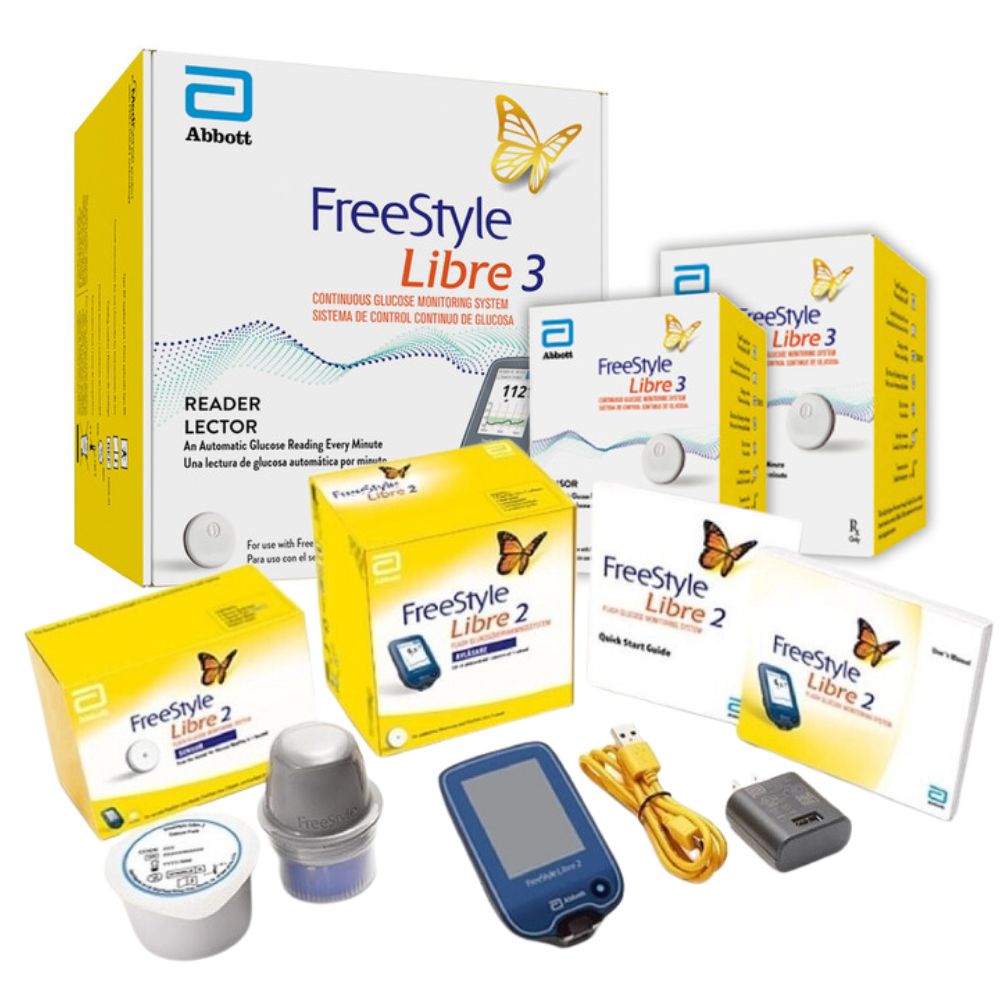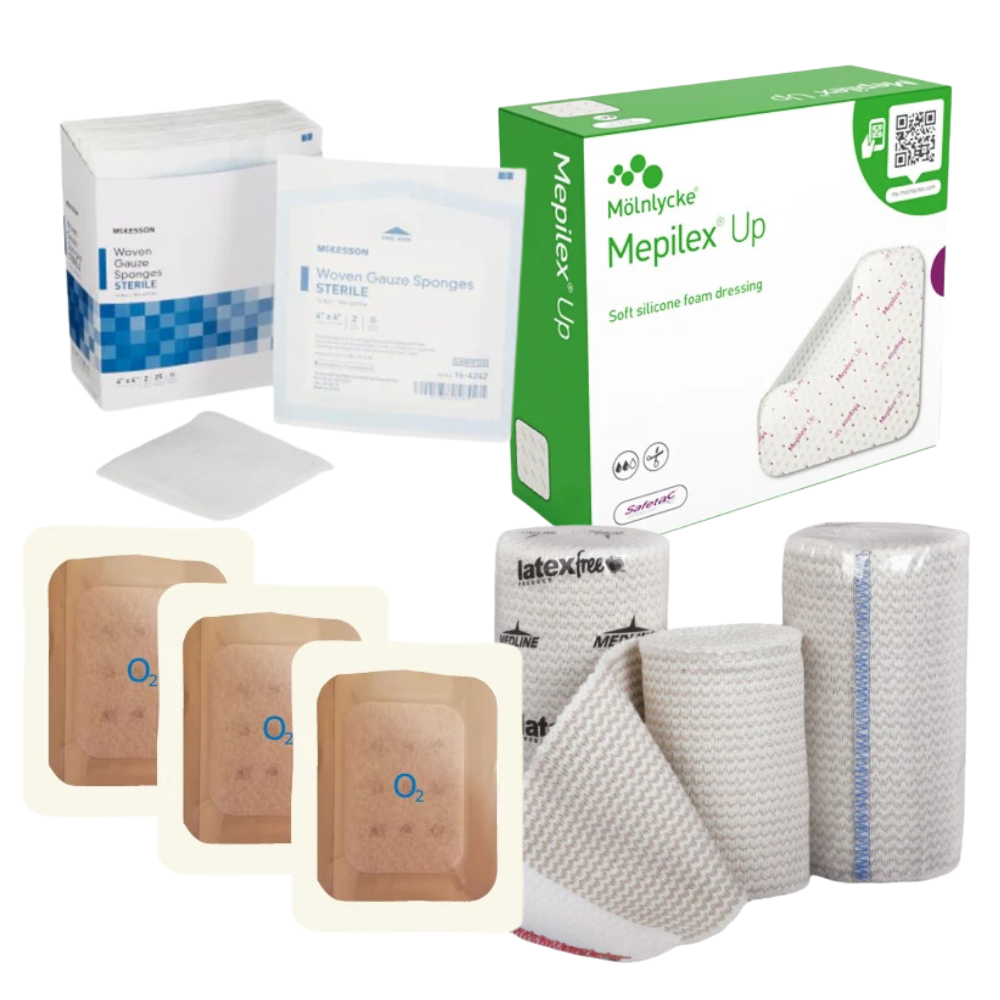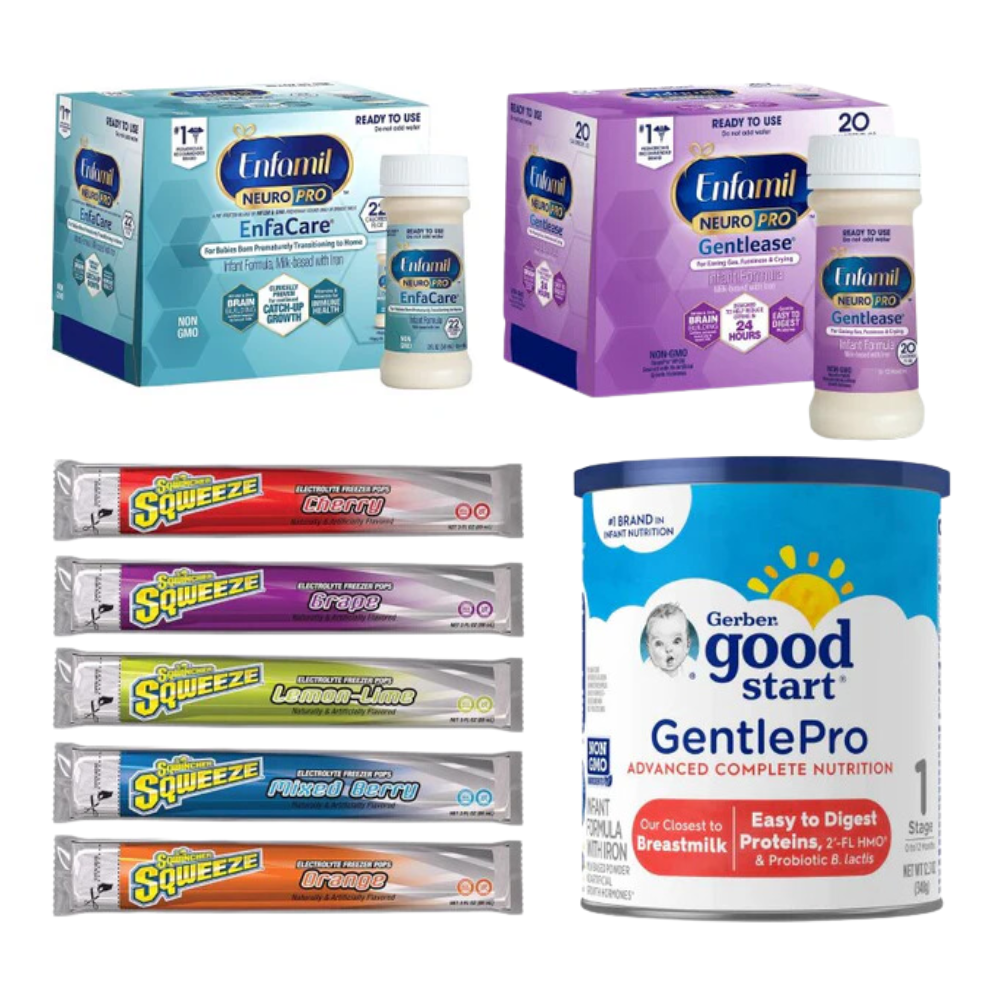
Sprain or Fracture? How to Tell and What to Do Next
If you've experienced a sudden injury from a fall, twist, or impact, you might be wondering: is it a sprain or a fracture? Understanding the difference between a bone fracture and a joint sprain is crucial for choosing the right treatment and preventing further damage. In this guide, we’ll help you recognize key symptoms, learn when to seek help, and discover effective injury recovery solutions.

What’s the Difference Between a Sprain and a Fracture?
When it comes to orthopedic injuries, two of the most common diagnoses are sprains and fractures.
- A sprain occurs when ligaments—the bands of tissue that connect bones—are stretched or torn. This often results from twisting or overextending a joint, especially in areas like the ankle, wrist, or knee.
- A fracture, on the other hand, is a broken bone. It may be a hairline crack, partial break, or complete break in the bone, typically caused by trauma or high-impact force.
Both conditions can cause swelling, pain, and limited mobility, but proper diagnosis of a sprain vs fracture is key to a safe recovery.
How to Tell if It’s a Sprain or a Fracture
Let’s look at some common sprain vs fracture symptoms to help you identify what you’re dealing with:

1. Pain and Sensation
- Sprain: Usually causes aching or throbbing pain near a joint. It may worsen with movement but is often tolerable.
- Fracture: Causes sharp, severe pain, often described as stabbing or shooting, especially when trying to move or apply pressure.

2. Swelling and Bruising
- Both sprains and fractures can cause swelling, but fractures tend to swell faster and more significantly. Bruising around a broken bone may be deeper or more widespread.

3. Mobility Issues
- Sprained joints may still move, though painfully.
- With a bone fracture, movement is typically very limited or not possible at all without intense pain.

4. Visible Deformity
- If the injured area looks misshapen or out of alignment, it could be a sign of a displaced fracture.
- Most sprains do not cause obvious deformity unless swelling is extreme.

5. Numbness or Tingling
- These sensations can indicate nerve involvement, more common in severe fractures or high-grade sprains.

What to Do for a Sprain or Fracture
Regardless of whether it’s a mild sprain or a fractured bone, acting quickly is key to minimizing damage.
✅ Follow the R.I.C.E. Method
One of the most recommended first aid steps for sprains and fractures is R.I.C.E.:
- Rest: Avoid putting weight or pressure on the injured limb.
- Ice: Apply cold therapy to reduce swelling and pain. Use reusable ice packs or cold therapy wraps for best results.
- Compression: Wrap the area with a compression bandage or orthopedic support.
- Elevation: Keep the injured area raised above heart level to reduce swelling.
🩺 Seek Medical Attention
If you’re unsure whether you have a sprain or a fracture, consult a doctor. An X-ray or MRI is often needed to confirm a bone injury diagnosis. Get urgent care if you experience:
- Intense pain
- Loss of movement
- Noticeable deformity
- Numbness or skin discoloration

Recovery Essentials from CureMedRx
Healing from an orthopedic injury requires the right tools and supports. Check out these expert-recommended recovery products and braces:
✅ Targeted Bracing and Support
- Ankle Braces & Foot Supports: Stabilize ankle injuries for faster healing.
- Arm Slings: Essential for upper limb support after fractures.
- Back Braces: Relieve strain and promote posture during back injury recovery.
- Shoulder Braces: Improve healing after shoulder sprains or dislocations.
- Knee Braces: Support sprained or post-op knees with compression and stability.
- Elbow Braces & Straps: Great for tennis elbow, fractures, or ligament injuries.
- Finger Splints: Immobilize and protect finger fractures or sprains.
- Neck Braces & Cervical Collars: Help with neck injuries or whiplash support.
- Night Splints: Keep joints aligned during overnight healing.
- Braces, Splints & Supports: Full collection for all areas of the body.
- Orthopedic Supports: For injuries requiring firm support and stabilization.
✅ Hot & Cold Therapy
- Hot and Cold Packs: Manage swelling and discomfort naturally.
- Hot & Cold Therapy Collection: A variety of reusable options for pain relief.
- Polar Care Cube Cold Therapy System: High-performance system for post-surgery or acute injury recovery.
- Relief Pak English Ice Cap: Classic and easy-to-use cold therapy solution.
- BrownMed Polar Ice Foot/Ankle Wrap: Combines cryotherapy with compression for foot/ankle injuries.
- Hydrocollator HotPac Moist Heat Pad: Soothe sore muscles and joints with moist heat.
- Miracle Headache Relief Cap: Helpful for post-injury headaches or migraines.
✅ Compression Therapy
- Compression Therapy Collection: Improve circulation and reduce swelling post-injury.
- Calf & Leg Compression Sleeves: Great for sprains, strains, and leg fatigue.
- Knee-High Compression Socks: Promote blood flow and reduce inflammation.
- Thigh-High Compression Socks: Ideal for more extensive leg support.
- Men’s Compression Stockings & Men’s Knee-High: Specially designed for men’s comfort and fit.
- Athletic Compression Socks: Reduce fatigue during rehab exercises.
- Arm Sleeves: Help manage swelling and muscle fatigue in the upper body.
- Compression Leggings & Tights: Ideal for daily wear during healing.
- Compression Shorts for Men & Women: Provide hip and thigh support during recovery.
- Anti-Embolism Stockings: Prevent blood clots and support post-surgical healing.
✅ Foot & Gait Support
- Heel Cups & Cushions: Absorb shock and reduce heel pain.
- Orthotic Insoles: Improve alignment and reduce foot strain.
- Canes: Add walking support after leg or foot injuries.
✅ Protection & Daily Support
- Protective Sleeves: Keep healing skin or wounds protected during daily activities.
- Cast Protectors: Waterproof shields for safe showering or bathing.
- Arthritis Gloves: Provide gentle compression and warmth for stiff hands.
- Gauntlets & Gloves: Manage swelling in the hands and arms.
- Stump Socks & Shrinkers: Offer comfort and protection for amputees.
Final Thoughts
Whether you’re dealing with a sprain or fracture, fast action and the right recovery tools are key. Don’t wait—diagnose early, support properly, and recover fully.
👉 Visit CureMedRx.com to explore our full line of orthopedic supports, cold therapy tools, braces, and compression gear—everything you need to heal with confidence.
Need help choosing the right product? Our team is here to help you feel better, faster.



